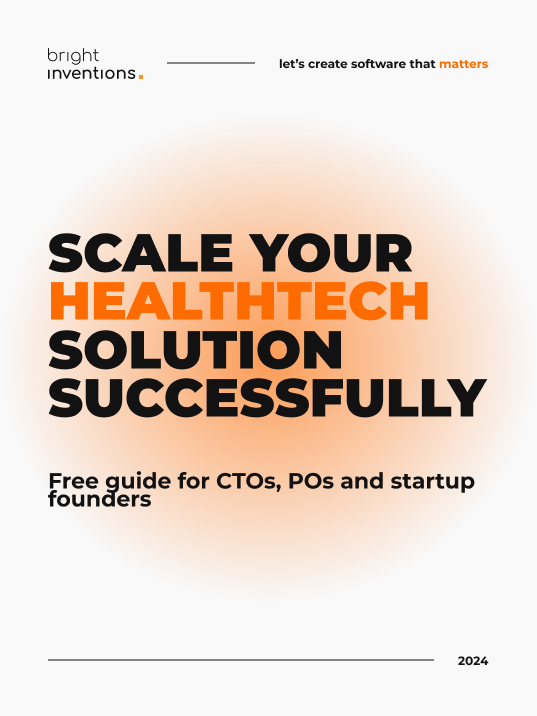7 Ways to Improve Website Messaging for Healthcare Tech Companies
In this article you'll find the best advice on boosting your HealthTech Startups marketing stats.
And you implement it instantly without a budget.

In the last 3 months I was exploring the healthcare software development landscape. Searching for ones worth mentioning and trying to gather statistics and market research for improving our messaging and hoping to find clients of course.
My first point of contact was always the website, as it normally is these days. One element that stood out is that out of more than 300 pages I analyzed only 15-20% offered messaging that made me understand what the company actually does. Most of the times it took me a minimum of 5 minutes to fill in the excel column titled “solution summary”.
Of course I eventually was able to make conclusions about the solution but I had to, your clients or investors won’t. Like it or not we have the attention span of a goldfish when it comes to internet surfing and if you make clients search for the information most of them will just exit the website. The best you can do with your website is be precise and answer 2 most basic questions:
- What is the solution you are offering
- What outcome it provides
Healthcare technology is a peculiar segment of business. Here more than anywhere else the focus should be on your users/patients, therefore empathy is truly a skill. So lead with empathy at every step of your journey.
Here is what you can do to improve your website messaging and help users understand how you can help them.
#1 Understand your segment and audience
Define who you are messaging to and what pains and gains you want to address. Work on your buyer personas and ideal customer profile.
#2 Stand out by being concise and easy to understand - Michael Seibel, Y-combinator
There really is no value in using fancy and flamboyant wording in your messaging. If you are a startup, clear messaging is much more valuable than fancy copywriting. Fancy copywriting often leads to messaging debt.
#3 Keep a simple website structure
Choose a messaging strategy: brand + product + use case.
Lead with a HERO section, then define the problem, next show the solution and present the added value.
#4 Understand your segment and position in it
Leading with the outcome is often treated as an industry standard adapted from B2C. But that is not always the case, especially in B2B and brands just trying to break through.
Selling with benefits not the features is a good strategy when everybody knows what the product is.
THIS IS THE PRODUCT vs THIS IS THE OUTCOME
This is the outcome This is the product
#5 Never let the competition choose the battle site – Gen G. Patton
There are 4 areas you can fight in:
- Price (example in tip #7)
- Quality/better product
- Distribution channels
- Identifying a underserved segment
get ready to face scalibility challenges

#6 Be humble
Position yourself for the next 6 months, not years. When you are a startup pitching your vision is a bad strategy.
#7 Your messaging affects your positioning – Artem Chetverikov
Gong vs Fireflies
Gong = video recording + transcription + calendar integration + repository + AI prompts = $1,400 per seat.
Fireflies = video recording + transcription + calendar integration + repository + AI prompts = $228 per seat
Position for the audience with the biggest budget and the most effective use case. A Hospital or enterprise buyer, focused on statistics and operating in high volume budgets will be in the position to spend $1,500 per user, whereas a small clinic trying to improve efficiency will not.
Remember we are always happy to help you out, even via free consultation. The only think you have to do is say "hello" first.

